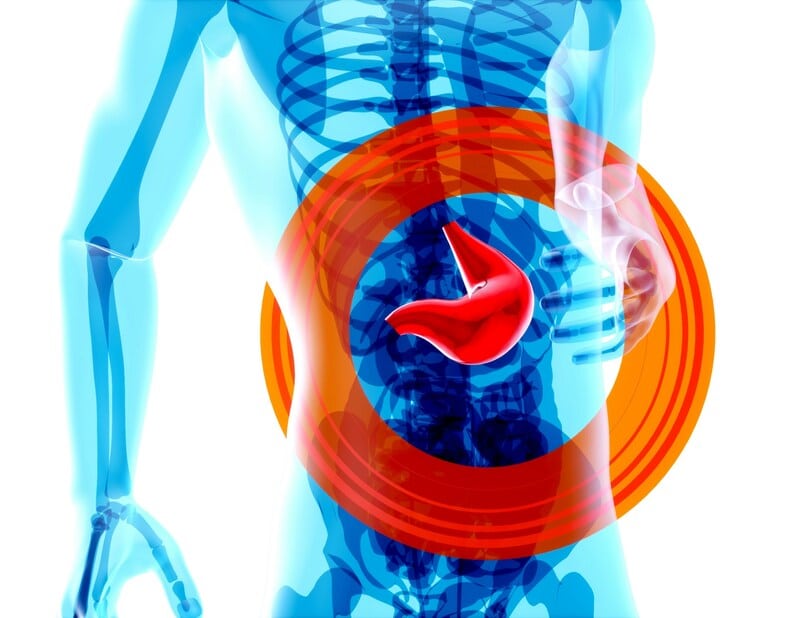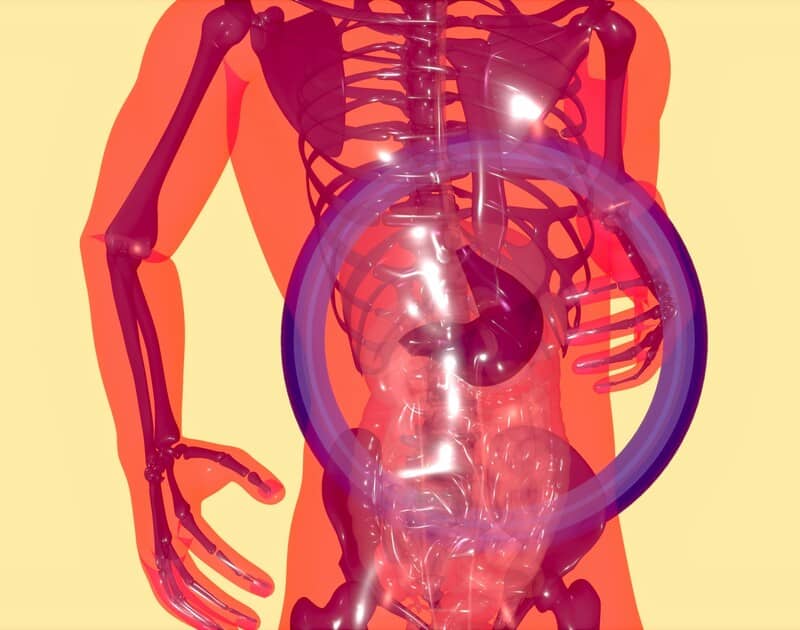A person with viral gastroenteritis or the stomach flu virus has an infection causing inflammation in the small intestine and stomach. Furthermore, this inflammation causes gastrointestinal symptoms like nausea, abdominal cramps, and diarrhea. Additionally, the stomach bug got its name for its various symptoms caused by parasites or bacteria.
Exploring the Stomach Flu Virus
Although the stomach flu has no relation to influenza, it’s still an infection that impacts the respiratory system. The origin of its nickname remains unclear, but that may be due to both health conditions being viral infections that occur in the same season. The term “stomach flu” is used regularly for people who are sick and is distinguishable from the respiratory flu.
This specific virus is a common health condition that impacts people all over the world. Typically, determining its cause remains challenging due to limited clinical testing and various types of viruses contributing to it. Researchers suggest that norovirus is the main cause as it infects nearly 685 million people per year, highlighting its significance as a big public health issue.
Stomach Flu Symptoms
Symptoms of stomach flu usually arise suddenly, leading to various issues. An individual affected may complain about these health problems such as vomiting, nausea, loss of appetite, abdominal pain, and diarrhea. Due to stomach and intestinal inflammation, the stomach virus causes gastrointestinal problems that can affect the large intestine too.
Once the immune system fights the virus, one may exhibit other systemic symptoms including chills, fatigue, body aches, swollen lymph nodes, and headaches. Notably, symptoms may not manifest until one or two days after an individual is exposed to the virus. Fortunately, these symptoms pass within the same timeframe, lasting no longer than one or two days.
Recovery Process

A person with a stomach virus typically undergoes different stages exhibiting various symptoms. It starts with the exposure stage that happens when someone comes into contact with another affected person or in certain environments like nursing homes and schools. Following the first stage, one goes through the incubation stage where the virus spreads through the body over a few days. However, this stage is typically when someone will be free from symptoms.
Once the immune system attacks a stomach virus, a person has entered the acute infection stage, where symptoms develop. Mostly, it’s an inflammatory response that lasts a few days before subsiding. The final stage or the recovery phase occurs when the immune system beats the virus, ridding someone of their symptoms. However, even when a person stops exhibiting symptoms, they’re still contagious.
Although the stomach virus doesn’t last long, severe cases can last a week or longer, especially if an individual has a weak or damaged immune system. Therefore, refrain from contacting during and a few days following the acute stage. In fact, a person can potentially be contagious nearly two weeks after a full recovery.
Types of Viruses
Various viruses can cause the stomach flu with the most prominent being the norovirus, astrovirus, rotavirus, and adenovirus. Of the four types, norovirus mostly impacts adults as they account for 50% of stomach flu cases worldwide. Both the astrovirus and rotavirus impact children younger than three years old, while the adenovirus affects individuals in all age groups, causing gastrointestinal infections through accidental ingestion.
The fecal-to-oral route is how the stomach virus can spread between individuals. It occurs when microscopic amounts of infected vomit or feces contaminate water and food sources. This leads to the virus spreading by ingestion or from contact with infected individuals or surfaces. What’s more? Certain individuals may be more prone to the stomach flu due to diseases that damage their immune systems. Specifically, a person with chronic diseases or who takes immunosuppressant medications is at risk. Likewise, infants and the elderly are also susceptible to experiencing severe symptoms or other complications.
Dehydration Symptoms
Notable, an individual is likely to struggle with dehydration as it’s the most prevalent complication. They experience dehydration when vomiting or diarrhea causes one to lose excessive amounts of fluid and electrolytes due to exceeding replacement levels. In particular, children and individuals with weak immune symptoms tend to struggle the most with dehydration. An individual can exhibit numerous dehydration symptoms such as thirst, dark-colored or infrequent urination, dry or hard stool, sunken eyes, tearless crying, headache, and dry tongue or lips. Ultimately, remaining alert and seeking early intervention helps prevent more severe symptoms from developing.
Final Thought
Although the immune system can fight the stomach flu on its own, there are ways to aid its natural processes. Its symptoms may be unpleasant but they do show the immune system is hard at work at stopping the infection. Moreover, antibiotics don’t have any effect on viral infections, therefore one should rely on hydration, rest, and nourishment to recover. Despite its infectiveness, taking antibiotics makes the recovery process run quicker and adds good bacteria to improve gut health.
Taking small sips of cold water or snacking on ice chips throughout the day may help in one’s recovery as well. While eating food may be challenging, you can try foods that are easily digestible such as popsicles, crackers, broths, and fruit juice. These food options can also help someone replace their lost electrolytes while providing a much-needed energy boost. If you live in the North East (Maine, New Hampshire, Vermont, Rhode Island, New York, etc.) you are more at risk to get a stomach bug so be extra careful.
Disclaimer: This article is intended simply to provide information. It does not replace the medical advice of a physician or other medical professional. Please speak with your doctor or therapist if you have any questions or concerns.









